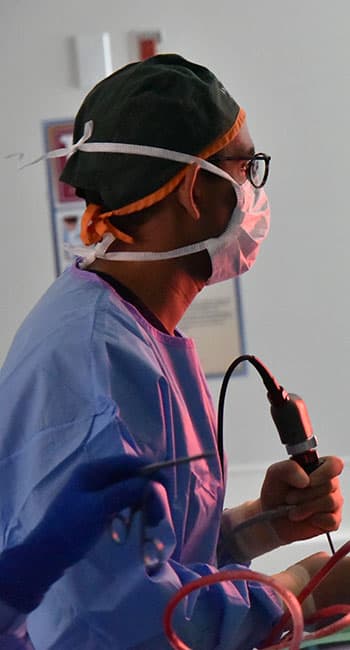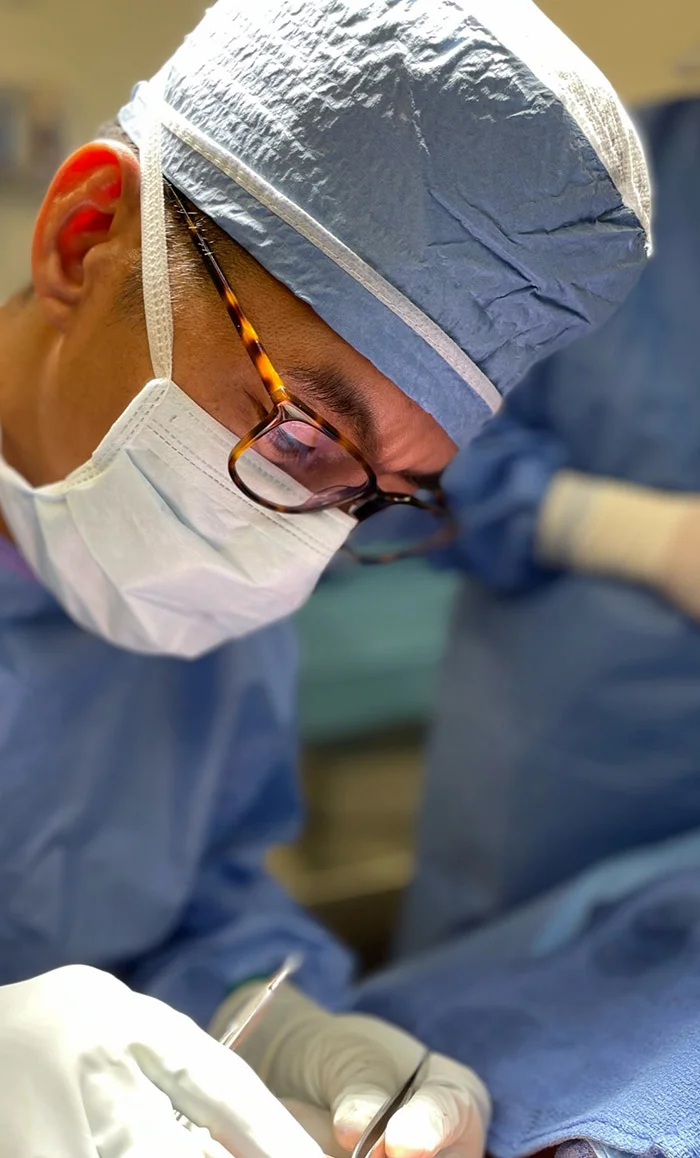Skull Base Tumor Symptoms
To begin treatment for skull base tumors, our surgeons typically suggest a tumor biopsy. This is imperative in their ability to make a specific diagnosis and determine the appropriate plan of action. Often, begin tumors are easily resected, allowing patients to return to daily life shortly after the procedure.
On the other hand, malignant tumors are usually treated with chemotherapy and/or radiation, surgery, or any combination of these. Skull base tumors are extremely serious because if they are malignant and go untreated, they can lead to death. Additionally, even benign tumors can grow to large sizes, invading the orbital cavities and brain, causing damage to those areas. This can lead irreversible vision loss and brain impairment.
Some skull base tumors originate from exposure to environmental toxins, while others are caused by a patient’s genetic predisposition to tumor growth. Concerning symptoms that may suggest a skull base tumor include:
- Recent onset bleeding from one side of the nose
- Newly onset nasal obstruction on one side of the nose
- Facial pressure or headaches on one side of the face
- New loss of smell
- Double vision
- Bulging/swelling eyes





